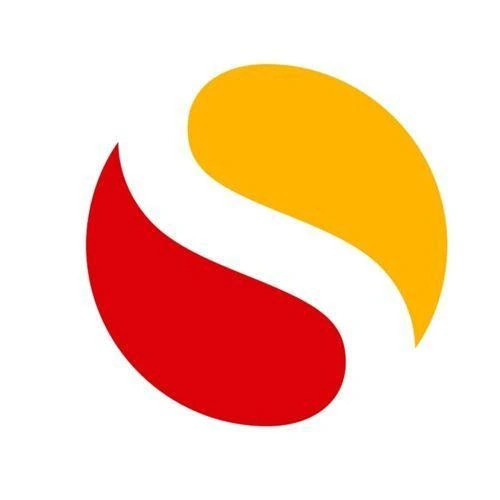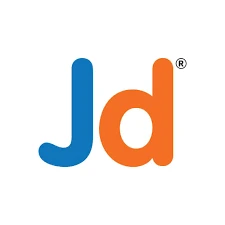|| Shape Your Creative Career with Graphic Design Professional Course in Ahmedabad
Welcome to the world of creativity and innovation with the Graphic Design Professional Course in Ahmedabad, where your journey into visual communication begins. This comprehensive program is meticulously crafted to provide aspiring designers with the foundational skills, advanced techniques, and industry knowledge necessary to excel in the dynamic field of graphic design. Whether you’re a beginner or an experienced designer looking to enhance your expertise, this course empowers you to unlock your creative potential and succeed in the competitive realm of design.
The training in this course covers essential principles such as color theory, typography, layout design, and design theory, equipping students with a strong conceptual foundation. Through interactive classes, participants gain hands-on experience with industry-standard tools like Adobe Photoshop, Illustrator, and InDesign, mastering digital illustration, photo editing, and layout creation for both print and digital platforms. Practical assignments and real-world projects allow students to build an impressive portfolio, preparing them for diverse roles in graphic design, branding, and UI/UX design.
Earning a certification in the Graphic Design Professional Course in Ahmedabad boosts your career prospects by validating your skills and expertise. The program also emphasizes the historical and cultural aspects of visual design, offering insights into how past trends influence contemporary practices. By the end of the course, you will have the technical proficiency, portfolio, and creative confidence to pursue opportunities as a graphic designer, art director, or freelancer. The Graphic Design Professional Course in Ahmedabad highlights a perfect blend of creativity, technology, and strategic thinking, making it an ideal choice for anyone aiming to thrive in the design industry.



 4.8 (21,636) reviews
4.8 (21,636) reviews


 Read more
Read more 
